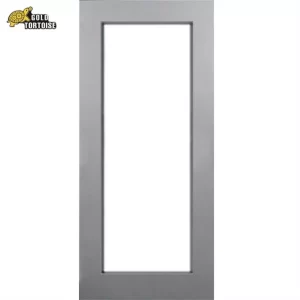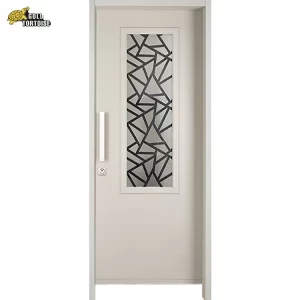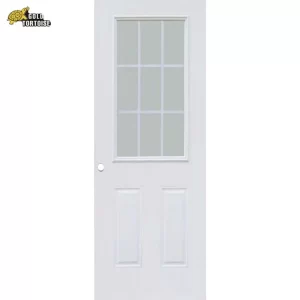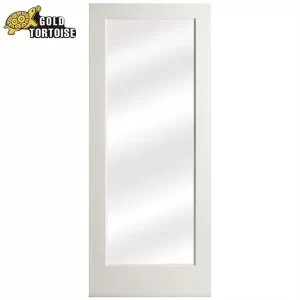Distinguishing between a steel door and an aluminum door can be challenging visually, especially if they are painted or coated in a similar manner. However, there are some characteristics and methods that can help you determine whether a door is made of steel or aluminum:
1. Magnetic Test:
Steel is magnetic, while aluminum is not. You can use a small magnet to test the material of the door. If the magnet sticks to the door, it is likely steel. If the magnet does not stick, it is probably aluminum.
2. Weight:
Steel doors are generally heavier than aluminum doors. If you can safely lift or push the door, you may be able to gauge its weight.
3. Temperature:
Touching the door on a hot or cold day can provide a clue. Aluminum tends to feel colder to the touch in cold weather, while steel may feel closer to room temperature.
4. Appearance:
While not foolproof, steel doors often have a smooth and consistent appearance, while aluminum doors may show more variation in texture. Additionally, steel doors may have visible seams or weld marks that are less common in aluminum doors.
5. Color:
The color of the door can sometimes provide a hint. Steel doors are often painted, while aluminum doors may have a natural finish or be coated with a clear anodized or powder-coated finish.
6. Sound:
If you tap the door with your knuckles, steel doors tend to produce a duller and lower-pitched sound compared to aluminum doors, which can produce a higher-pitched sound.
It’s worth noting that modern doors may be made from composite materials or have a steel or aluminum core with other materials layered on top. In such cases, a combination of the methods mentioned above may be necessary to determine the door’s composition accurately. If in doubt, you can consult the manufacturer’s specifications or seek professional advice.







